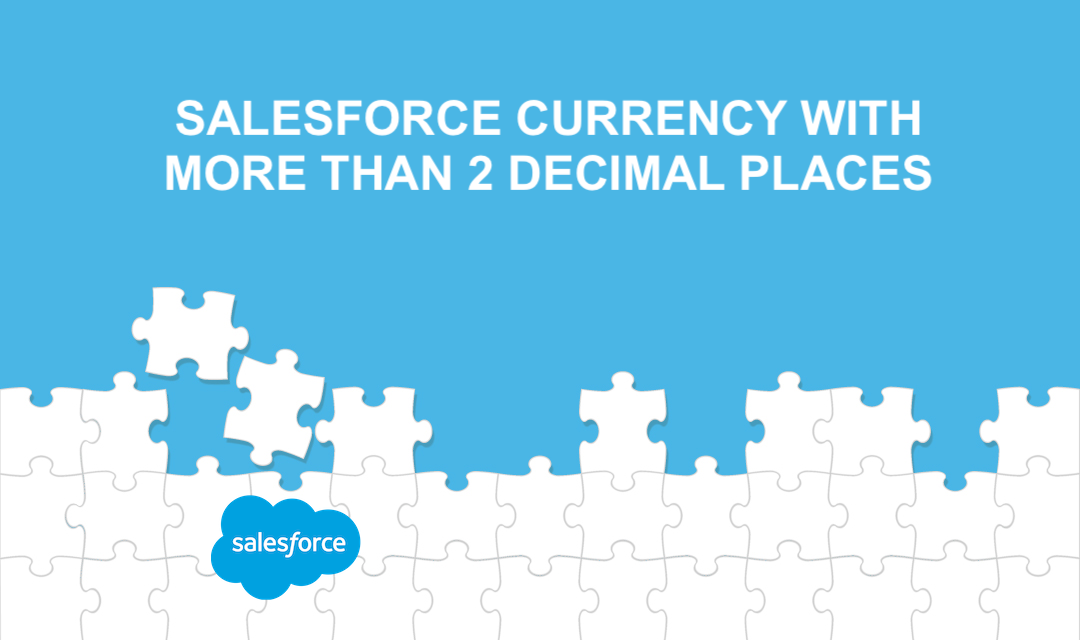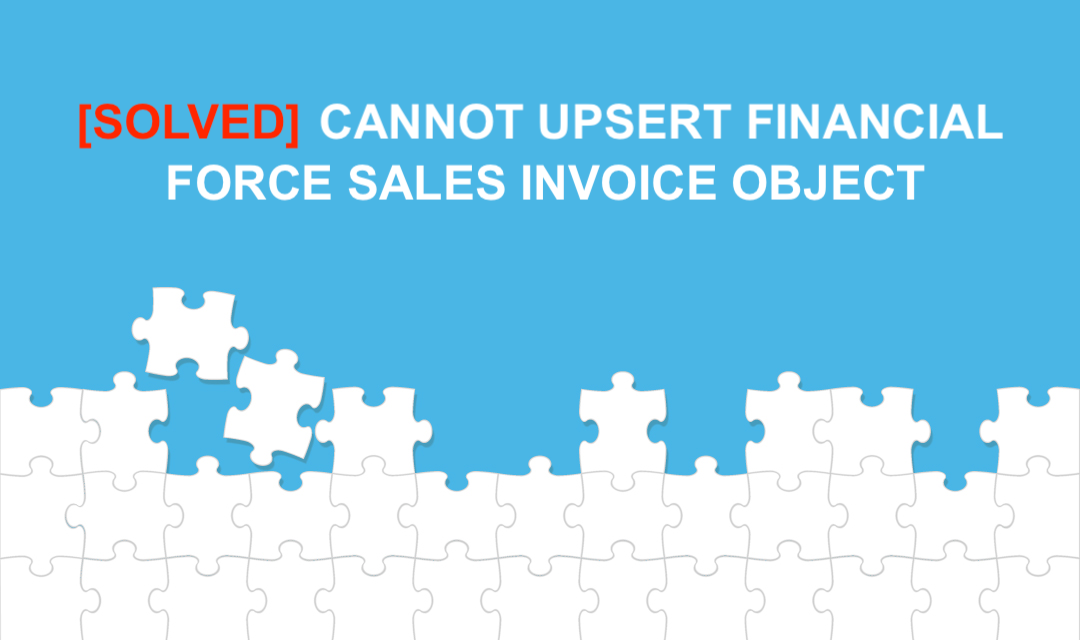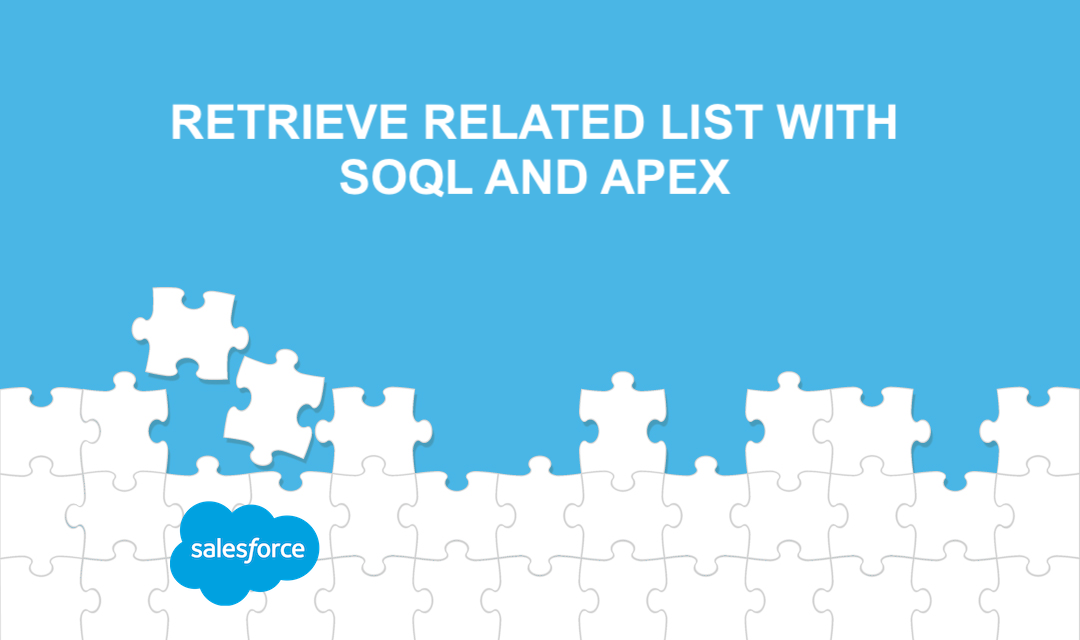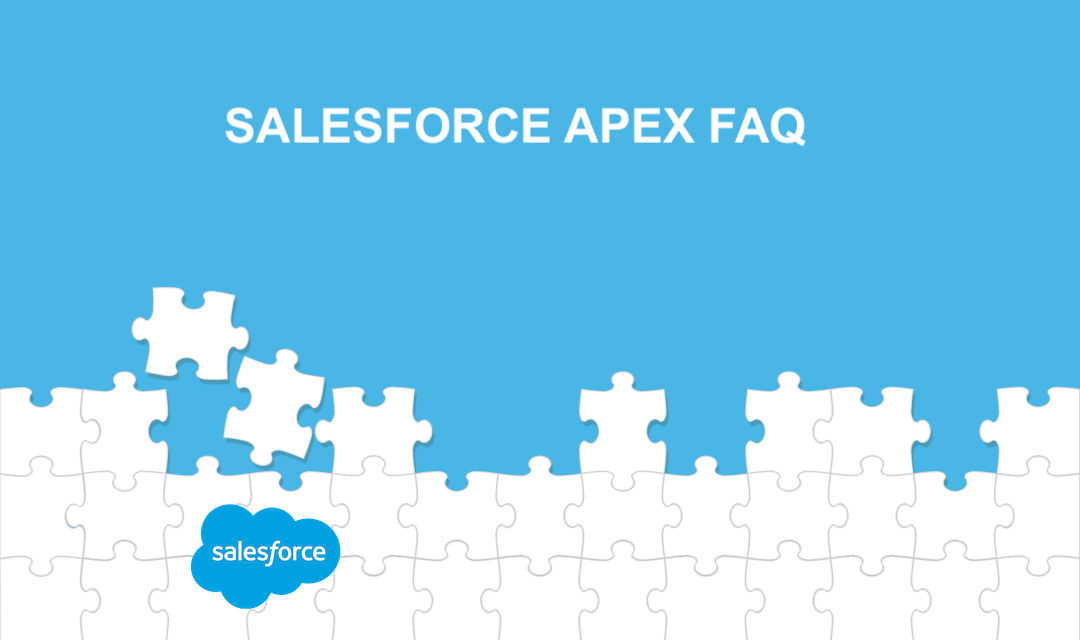How is Salesforce Implementation Beneficial for FinTech Firms?

In the fast-evolving space of financial technology. FinTech companies find themselves in an ecosystem where they're not just vying for customers but facing an ever-increasing competition from both peers and newcomers, pushing them ...]









